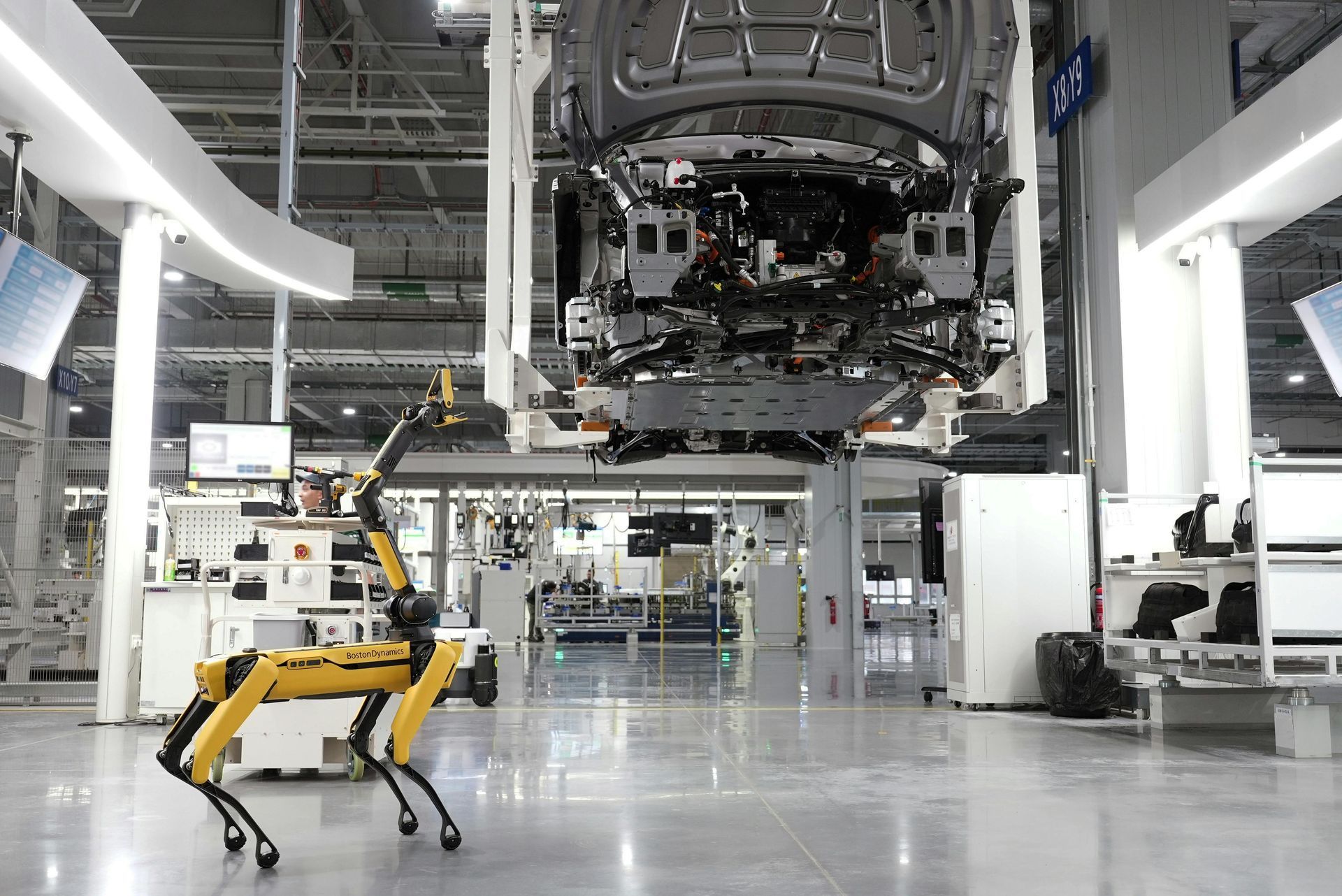6 benefits of a diverse workforce
Diversity leads to richer environments
When someone mentions diversity, what comes to mind are different factors concerning gender, age, race, and cultural background. In the workforce, it does not only mean to hire people of different races, age, and gender. Most businesses are now acknowledging the importance of having a diverse company culture. We may share a common interest, but at the end of the day, we are unique individuals with different outlooks and experiences.
Diversity within the company is vital especially in a business that is expanding towards the global field where they interact with clients from different cultures.
Varying Perspectives
When the workplace consists of different cultural backgrounds, employees are exposed to varying perspectives. This creates brainstorms that can result on a variety of analytical approaches and solutions based on their different experiences and methods of thinking. The organization can base what they have learned from varying perspectives and use it to improve their next business strategy. Companies can make new business strategies that can meet the needs of their customers more efficiently.
Attracting Talents
Diversity in an organization is viewed as an openness to change and culture. A diverse business will most likely attract a wider range of candidates since it will appeal to more individuals from different backgrounds. It will not matter what position the organization is opening, but this will lead to the number of applicants to increase and the chances of finding talented candidates will also follow. Talented employees are important in a highly competitive industry.
Retaining Employees
Finding and hiring new employees can take a lot of time. Replacing and training new recruits can be expensive. Retaining talented employees gives an organization a competitive edge. Employees feel they are appreciated, valued, and included in the organization. They feel appreciated and their loyalty and morale increase with the feeling of belonging. Appreciating diversity makes employees feel that they are valued for their individuality.
Going Global
When the workforce has a diverse language community, this pushes businesses forward due to its diverse community. Team members contributing to different cultures and mindsets, companies can cater to clients in different parts of the globe. Services and products are augmented to serve clients from various parts of the globe. The wealth of language paves a way for organizations to communicate effectively as well as establish relationships and understanding cultural characteristics.
Leading Innovation
Working in a diverse environment can help in appreciating differences and blurring the lines of traditional mindsets. New concepts and innovation can be born from the exchange of suggestions, comments, and feedbacks between individuals. Team meetings whose brainstorming are fueled by the differences of cultures can have lasting impacts. Diversity of culture can also mean a diversity of personalities and attitudes, and each can play to their strengths. Usually, traditional mindsets are contained to what is already known and practiced over and over again. New concepts are not explored. Creative minds can formulate ideas and solutions, and also have the expertise and experience to make it happen.
Adaptability to Change
A company that embarks into the global spotlight knows how fiercely competitive it is. A workforce that is already accustomed to the different cultures, will not have a hard time adapting to changes challenges will bring. Companies who are adaptable to change have potential to have a strong working culture that is sure to endure.











